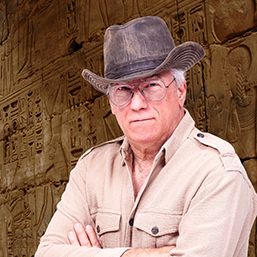What’s the Rush?
By Frank F. Fiore
Author of Cyberkill
One day, while writing my first novel CYBERKILL, my wife, impatient to read the manuscript, asked me how long will it take to finish the story. I replied, “As long as it takes to tell it”.
When I sent out MURRAN to my beta readers, I received some interesting side remarks that spoke to how people read.
One reader remarked that it was taking so long to read through the first part of the book. He didn’t see why I took so much time on the first section. I told him pretty much what I told my wife, “As long as it takes to tell the story properly”.
Now, his comment did concern me. This was my first foray into mainstream fiction and I wondered if I was doing teh genre justice. But my mind was put to rest with this comment on MURRAN from my first publisher.
“A decided departure from Cyberkill and the Nash Chronicles, Murran shows a maturity in pacing. While Cyberkill and Nash (by their nature) create an action-adventure feel by quickly moving from scene to scene, my fear in starting Murran was that a more dramatic story requires a different pace to set the mood. And, this manuscript met the task – pulling the reader along but never making the storyline feel rushed.”
I was thankful for that remark since it proved that my pacing for MURRAN was correct.
Dave Farland said it best.
There was a time, say a century ago, when people used to talk about sitting down to “enjoy” a novel, or “relax into” a novel. A story wasn’t necessarily seen as an adrenaline pump.
There are a lot of virtues that a slow story can have that a fast story can’t. For example, if I want a story to be intellectually complex or morally profound, I may need to spend more time narrating thoughts and internal dialog as my protagonists wrestle with major life-changing questions. Does this “slow the story down?” No, it actually engages the reader intellectually, and may carry the reader better than another action scene would.”
So, what’s the rush?

Comments
Post a Comment